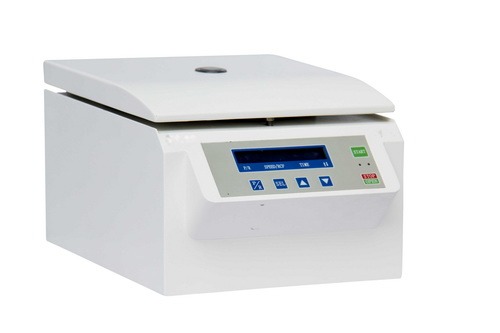Haematocrit machines play a vital role in medical diagnostics, particularly in assessing a patient's blood health. This guide explores their function, applications, and key considerations for buyers, offering an engaging mix of visuals, comparisons, and data to help readers understand these essential medical devices.
What Is a Haematocrit Machine?
A haematocrit machine measures the proportion of red blood cells (RBCs) in a patient's blood. This value, known as the haematocrit level, helps diagnose and monitor conditions such as anemia, dehydration, and polycythemia.
Why Haematocrit Levels Matter
| Condition | Low Haematocrit (%) | High Haematocrit (%) |
|---|---|---|
| Anemia | < 35 (women), < 39 (men) | - |
| Dehydration | - | > 47 (women), > 50 (men) |
| Polycythemia | - | > 55 |
Accurate haematocrit readings guide physicians in tailoring treatment, making the machine indispensable in both outpatient and emergency settings.
Types of Haematocrit Machines
Not all haematocrit machines are the same. Understanding the options can help you select the right device for your needs.
Manual vs. Automated Machines
| Feature | Manual Machines | Automated Machines |
|---|---|---|
| Operation | Hand-operated; uses centrifugation | Fully electronic with digital readouts |
| Accuracy | Operator-dependent | High accuracy and repeatability |
| Cost | Low | High |
| Use Case | Small clinics, basic diagnostics | Hospitals, research labs |
How Does a Haematocrit Machine Work?
Most haematocrit machines follow these simple steps:
- Sample Collection
A small blood sample is collected via finger prick or venipuncture. - Centrifugation
The blood sample is spun at high speeds to separate plasma and cells. - Measurement
The machine calculates the RBC ratio and displays the haematocrit value.
Pro Tip: Always calibrate your machine before use to ensure accuracy.
Ensuring Accuracy: Best Practices
Factors Affecting Accuracy
- Sample handling: Improper mixing can lead to false readings.
- Machine maintenance: Dust or mechanical issues may affect performance.
Common Troubleshooting
- Problem: Readings fluctuate wildly.
Solution: Check for air bubbles in the sample tube. - Problem: Machine reports error codes.
Solution: Refer to the user manual and recalibrate.
Applications in Clinical Settings
Haematocrit machines are used in various healthcare scenarios:
- Emergency Rooms: To quickly assess blood loss.
- Outpatient Clinics: For anemia screenings.
- Dialysis Centers: To monitor hematological stability.
Case Study: Impact on Patient Care
A study published in the Journal of Clinical Hematology found that introducing automated haematocrit machines reduced diagnostic errors by 23% in high-traffic hospitals.
Buying Guide: Choosing the Right Haematocrit Machine
When selecting a haematocrit machine, consider:
- Ease of Use: Is it simple for all staff to operate?
- Accuracy: Does it meet clinical standards?
- Durability: Can it handle frequent use?
However, the investment pays off:
- Faster diagnostics mean improved patient outcomes.
- Higher throughput reduces labor costs.
Have questions? We offer free consultation.
Maintenance and Calibration Tips
- Routine Cleaning: Use alcohol wipes to clean contact surfaces.
- Calibration Schedule: Perform calibration weekly to ensure accuracy.
- Software Updates: Keep firmware up to date for consistent performance.
Future Trends in Haematocrit Machines
Emerging technologies aim to enhance precision and convenience:
- AI Integration: For predictive analytics and better diagnostics.
- Portable Models: Handheld devices for fieldwork and remote clinics.
Conclusion
Haematocrit machines are an essential tool in modern medicine, offering precise insights into a patient’s blood health. By understanding their operation, choosing the right model, and maintaining it properly, healthcare providers can ensure optimal performance and patient care.
Quick Checklist for Buyers
- Decide between manual and automated models.
- Set a budget based on your facility’s needs.
- Ensure regular calibration and staff training.
→Click here to learn more about our haematocrit machine
or
